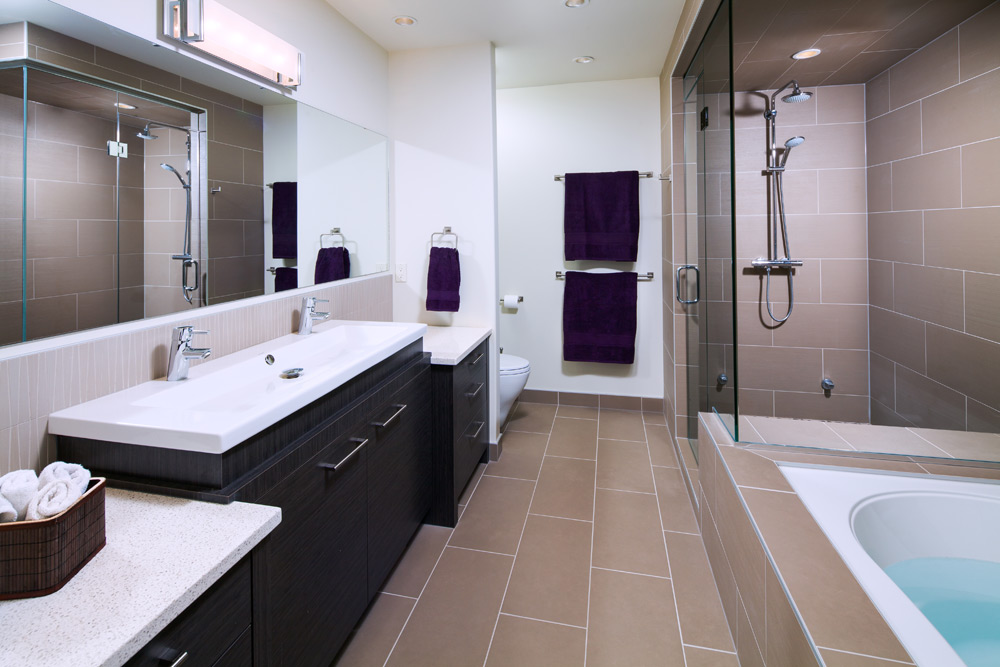Conventional windows are a distinctive feature in any home. In most conventional houses, however, windows are the weak link in terms of energy efficiency and cold weather comfort. During the winter, a typical window loses up to 10 times more heat than an equivalent area of an outside wall. Windows can account for up to 30 percent of the heat loss from a conventional home, adding significantly to heating costs.
Drafts, window condensation and mould can also affect your comfort and your home’s indoor air quality. In green houses, high-performance windows solve these common problems. To keep overall heat loss within the strict R-2000 energy efficiency limits (a third party rating system), builders pay close attention to how windows are selected and installed. The R-2000 standard requires windows to meet minimum Canadian standards association energy rating (er) values. Windows are selected to meet the specific climate conditions that prevail at the house site – the colder the area, the more robust the window system. Builders try to place windows where they will gain the most solar heat during the winter, while ensuring that overhangs or other shading will prevent overheating during the summer. In many cases, the right windows can actually contribute more heat to the home during a sunny winter day than they lose at night.
Common Features:
Glazing: select windows with either two or three layers of glass, depending on the severity of the local climate. The glass should also have a special low emissivity (low-e) coating to further reduce the heat loss.
Gas Fills: special inert gases, such as argon, fill the space between glass layers. These gases are poor heat conductors, so they reduce heat loss.
Insulating Spacers: many conventional windows use metal strips to separate glass layers, causing high heat loss around d the edge of the glass and promoting window-edge condensation in the winter. Special insulating spacers, found in more energy-efficient windows, can prevent these problems and lead to significant energy savings.
Frames: the frame material can be as important to the performance of a window as the glass. Green builders favor materials that offer high insulation value and low maintenance.
Window Type: casement and awning windows generally provide a tighter seal when closed than vertical or horizontal sliders. Green builders favor window types that have been tested and proven to resist cold-weather air leaks.
Performance R Requirements: industry-wide standardized tests rate some windows for their energy efficiency. The resulting ER is a measure of the window’s overall performance based on three factors:
Solar heat gains
Heat loss through frames, spacer and glass
Heat loss through air leakage
Higher numbers indicate more energy-efficient windows. Most fixed (non-opening) windows have better er’s than operable (opening) windows. The r-2000 standard sets minimum er requirements for windows, based on local climate conditions. Canada has many climatic regions, each with its own requirements for average heating degree-days. (The higher the number of heating degree-days, the colder the climate).


